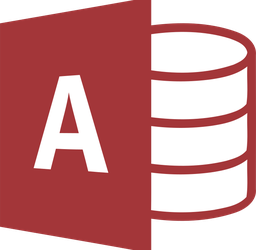Access
Microsoft Access is a database management system from Microsoft that combines the relational Microsoft Jet Database Engine with a graphical user interface and software-development tools. It is supported by Visual Basic for Applications (VBA) and allows developers to develop application software.
History
Access originated from Project Cirrus of Microsoft during late 1980s. The project aimed to create an application on Windows that can compete with Paradox or dBase. It used some code from both the Omega project and a pre-release version of Visual Basic. In July 1992, betas of Cirrus was released as a product and Access became its official name.
Concurrency Control
Multi-version Concurrency Control (MVCC)
In a multi-user scenario, the application will be split. This means that the tables are in one file called the back end (typically stored on a shared network folder) and the application components (forms, reports, queries, code, macros, linked tables) are in another file called the front end. The linked tables in the front end point to the back end file. Each user of the Access application would then receive his or her own copy of the front end file.
Website
http://office.microsoft.com/en-us/access
Developer
Microsoft
Country of Origin
Start Year
1992
Acquired By
Microsoft
